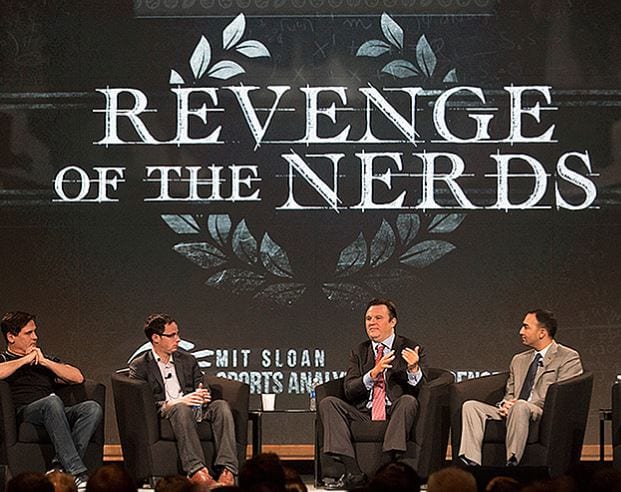by Kirk Wakefield – August 2014 Back in the early 1990’s, I started out with my Baseball Almanac contacting major and minor league teams to conduct research. Being at Ole Miss during that time, just an hour south of Memphis, I made quick friends with every pro franchise that came through town–among them the Memphis Chicks,…Continue Reading Why the best teams and brands partner with academics
Why the best teams and brands partner with academics

